 It’s Not That Complicated
It’s Not That Complicated
What is Suede Leather?
A question often searched with many confusing answers.
There are indeed many types of Suede Leather with varying quality, advantages & disadvantages.
In this Guide we will try to clear it out once and for all.
Let’s begin!
But What Is Suede Leather Really?
A leather hide, just like our own skin has an exterior and interior side.
The exterior part has its own layers which determine the quality of the leather itself.
On the top, you have the Grain part, with the tightest fibers at the top.
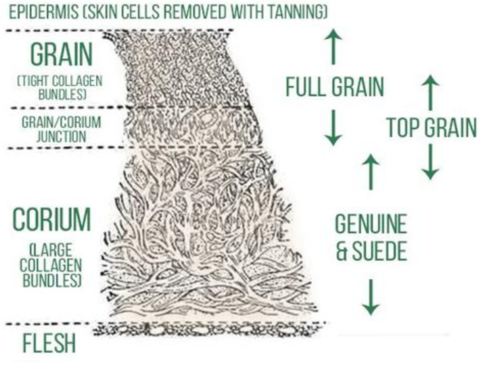
That is Full Grain and is generally considered the highest quality leather you can get.
As you get lower, you go towards the corium which has looser fibers of varying quality.
You have Top Grain which is somewhere in between and “Genuine Leather” afterwards, a grossly misused term today.
The easiest way to visualize this would be do see up close a cross section of a leather hide.
At the end you arrive at what we call the “Flesh Side” of the skin or the interior part.
In the old days, Suede Leather was a name for this fleshy part which tanneries sanded down to a smooth, velvet-like nap.
Today we use the term Suede loosely for nearly anything that has the same appearance or feel.
Good Suede is actually ok with water and durable contrary to popular belief.
Wikipedia in particular has some rubbish entry that I intend to correct if I find the time.
Trivia: The term comes from French “Gants de Suède” which means “Gloves of Sweden”.
Does The Animal Matter?
Since Suede refers to the fleshier part of the hide, it doesn’t really matter what animal it is from.
Whether it is from a cow, calf, antelope or sheep you can still get Suede Leather from them.

The difference would be in certain characteristics displayed by each animal’s skin.
For example, sheepskin is more stretchy and thin which is why it’s used mostly for inner lining.
The most popular animal is of course cow or younger calves.
Remember that the part of the animal that the leather comes from can also affect the quality.
Hides from the belly have often stretchmarks while the rump and shoulder produces a tighter skin.
Full Grain Suede
We already covered Full Grain Suede Leather in the previous section.
Taking the fleshy side of a hide, you sand it down to a more velvety texture.
Full Grain Suede is rather durable, can handle water well and is not as sensitive.
It is also more expensive and often reserved for higher price points.
Also known as Reverse Calf, Full Grain Suede probably begins being an option over $500.
 A famous Full Grain Suede is Janus by Charles F. Stead.| My Yeossal Shoes
A famous Full Grain Suede is Janus by Charles F. Stead.| My Yeossal Shoes
My Janus Suede shoes from Yeossal have been through rain and snow without a problem.
Split-Suede
Hides usually have a thickness that is unsuitable for use.
They have to split them into thinner pieces or sand them down.
With the former, instead of wasting the leftover material they split the hide in usually 2 pieces.
The inner part of looser fibers receives the same sanding treatment to produce a similar nap and texture.
That’s why you call it “Split-Suede”.

It generally is a bit more delicate and sensitive but still reliable when waterproofed.
Ante Repello Suede is a popular good one also from the Charles F. Stead Tannery in the UK.
It’s still a lovely material with rich texture and great appearance.
It is more common to find Split-Suede, even at higher price points.
Still a good leather overall.
Roughout Suede
Growing in popularity is Roughout Suede.
A casual looking material usually best left for boots, chukkas and similar shoes.
If you take the Full Grain Suede/Reverse Calf and do the same procedure but sand it less you get a rougher texture but similar properties.
Hence the name, Roughout.

A quite durable leather that can even receive a waxy finish for extra durability.
An example of popular Roughout Leather Boots is the Crockett & Jones Molton.
James Bond wore those in the latest film “No Time To Die” in the forests of Norway.
Nubuck
If instead of sanding the fleshy side of the hide you sand the top you get Nubuck.
This achieves a similar nap (though shorter from my experience) but comes with its own pros & cons.
The removal of the grain for example requires a waterproofing spray but on the other hand it keeps durable properties of the Full Grain Leather.
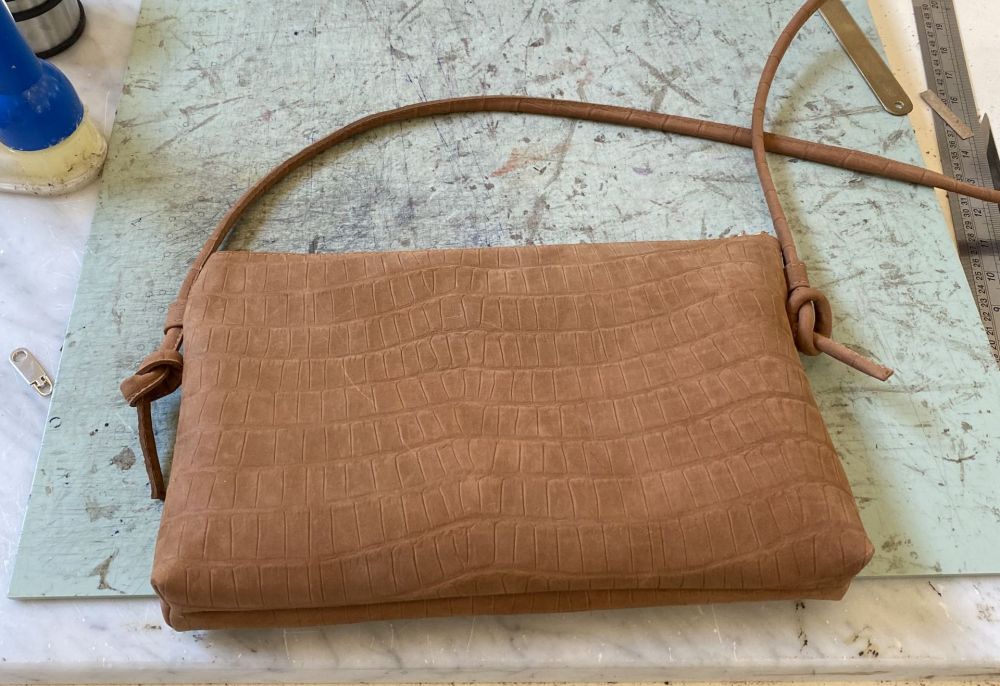
One big issue when I worked with nubuck handbags was that it stained extremely easy.
However when paired with exotic leathers it can produce spectacular results.
My holy grail of shoes is currently a wholecut Chelsea in Nubuck Alligator.
Tip: Big thanks to Jesper from Shoegazing for his clear definition of this leather.
Pros & Cons of SueDE Leather
Depending on the animal and type of suede leather, pros & cons might vary or alternate.
This is a general summary with explanations where required.
Pros
- Suede does well with water (some might need waterproofing spray)
- Luxurious feel & appearance
- Excellent staple in a man’s wardrobe
- Fantastic material to work with (shoemaking & leatherworking)
- Good Suede is durable
- Can hide creases in shoes more
Cons
- Can hide creases in shoes more
- You can buff/polish scratches in smooth leather, but not suede
- Can be prone to stains
- More fragile/thin than calf
How To Take Care Of Suede Leather
Actually, I consider suede leather to be rather low maintainance.
It always depends on the type of leather but there are a few key steps.
You should use a suede brush which comes with a rougher “plastic” or bristles to brush the nap.
It is considered a safe choice to waterproof your suede products with a reputable protector.
If you get a stain you can brush with suede shampoo and leave the shoes to dry naturally.
I would make sure your product is suitable for Nubuck if you are specifically taking care of that leather.
Bonus Suede Shoes
There is the misconception that suede shoes are high maintenance or vulnerable to damage.
I grew to love suede shoes and there are a few key staples in a man’s wardrobe.
Suede Chukkas, Chelseas, a tasteful Adelaide oxford or a split-toe derby can really upgrade your looks.
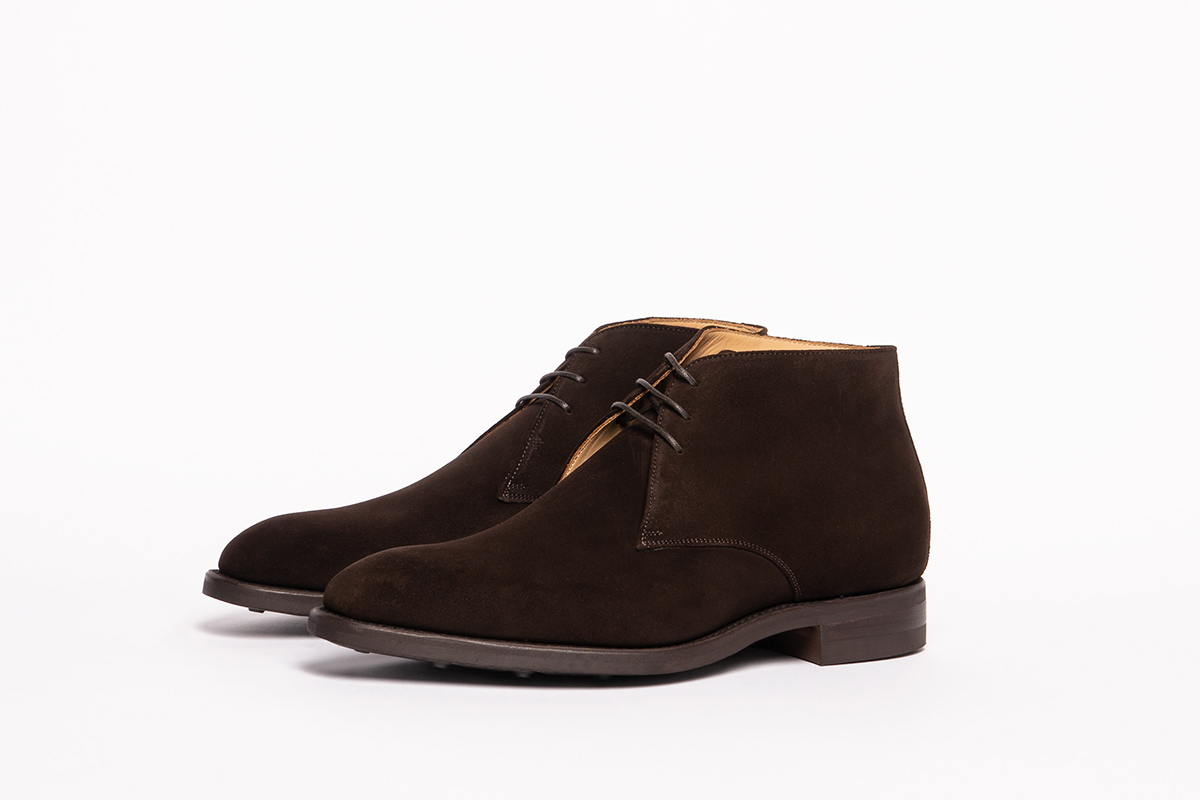
Something in classic dark brown like the boots above are easy to style, versatile and add finesse to your outfit.
If you have a core collection of a few basics I recommend considering a suede pair of shoes!
Conclusions
There are various types of suede leather, each with their own unique qualities, pros and cons.
It depends on the animal, area of the hide and how they finish it.
Good quality suede is durable, water resistant and looks great.
Hopefully, you will now have an idea about those types and how to recognize them.
The only thing remaining is to go out there and buy some suede shoes!
See you next week with a new article!
Thank you for reading,
Kostas Mandilaris,
Misiu Academy


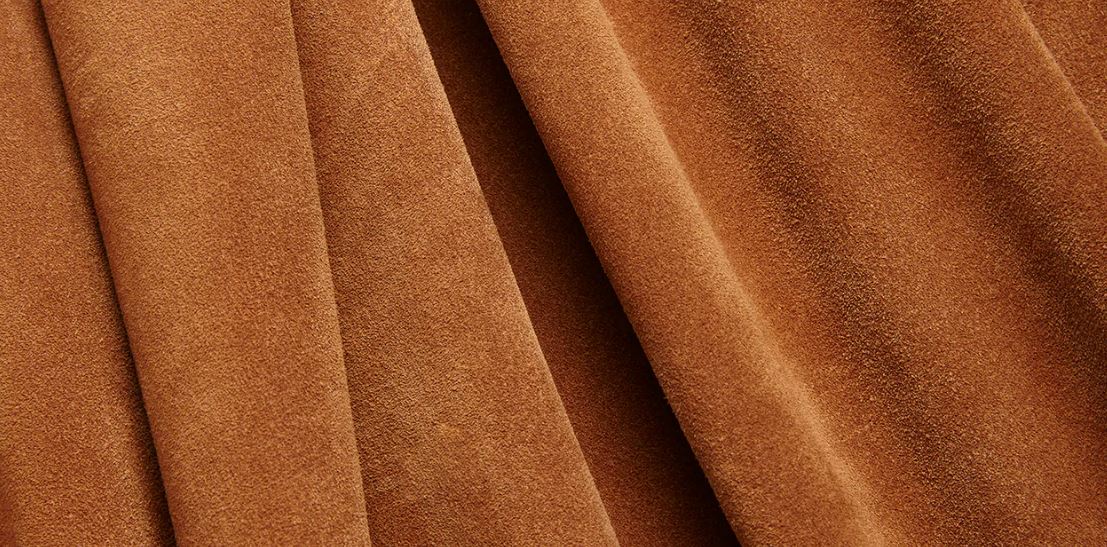
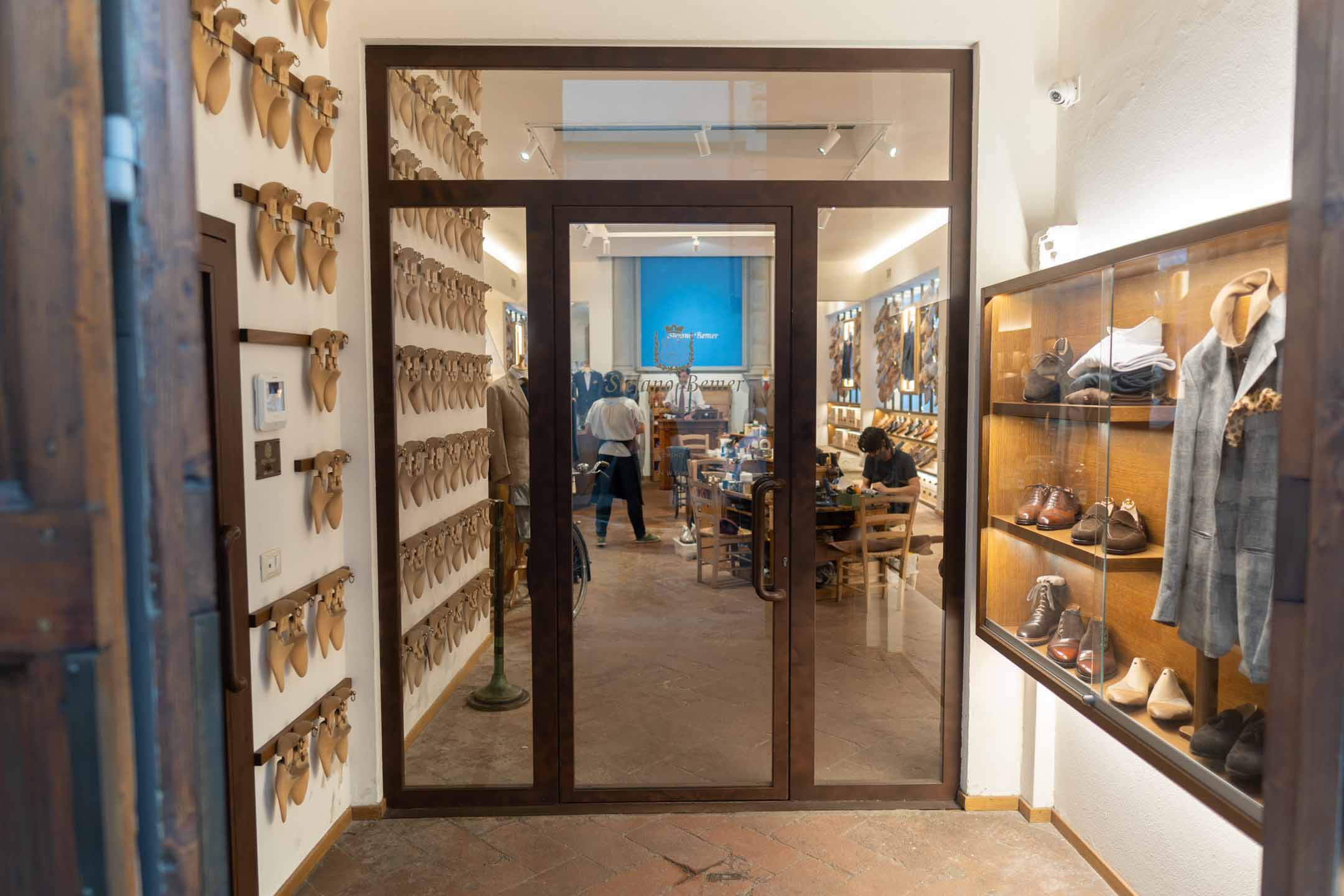


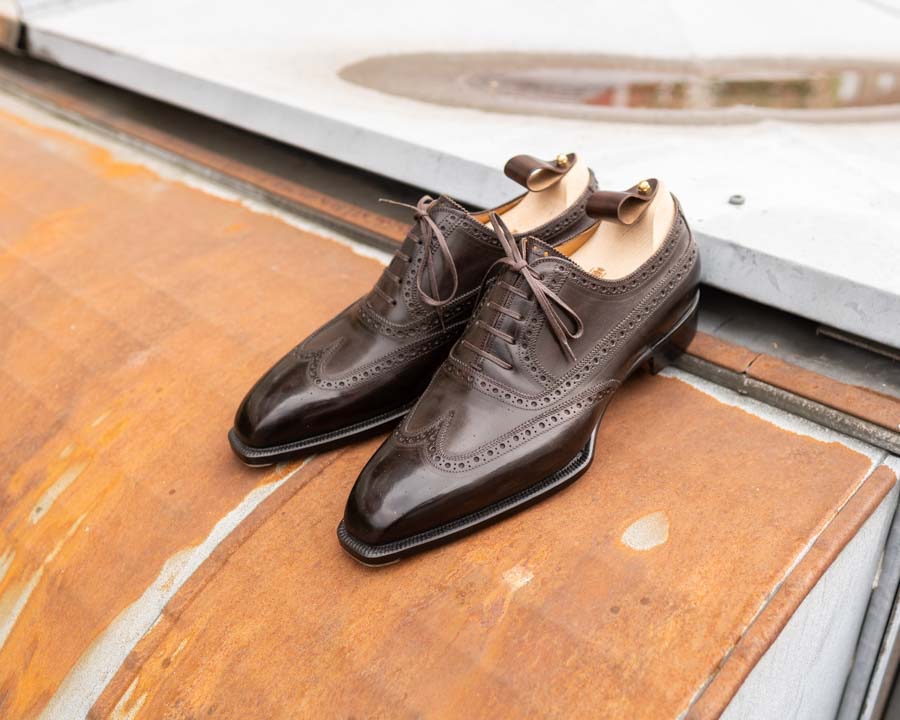
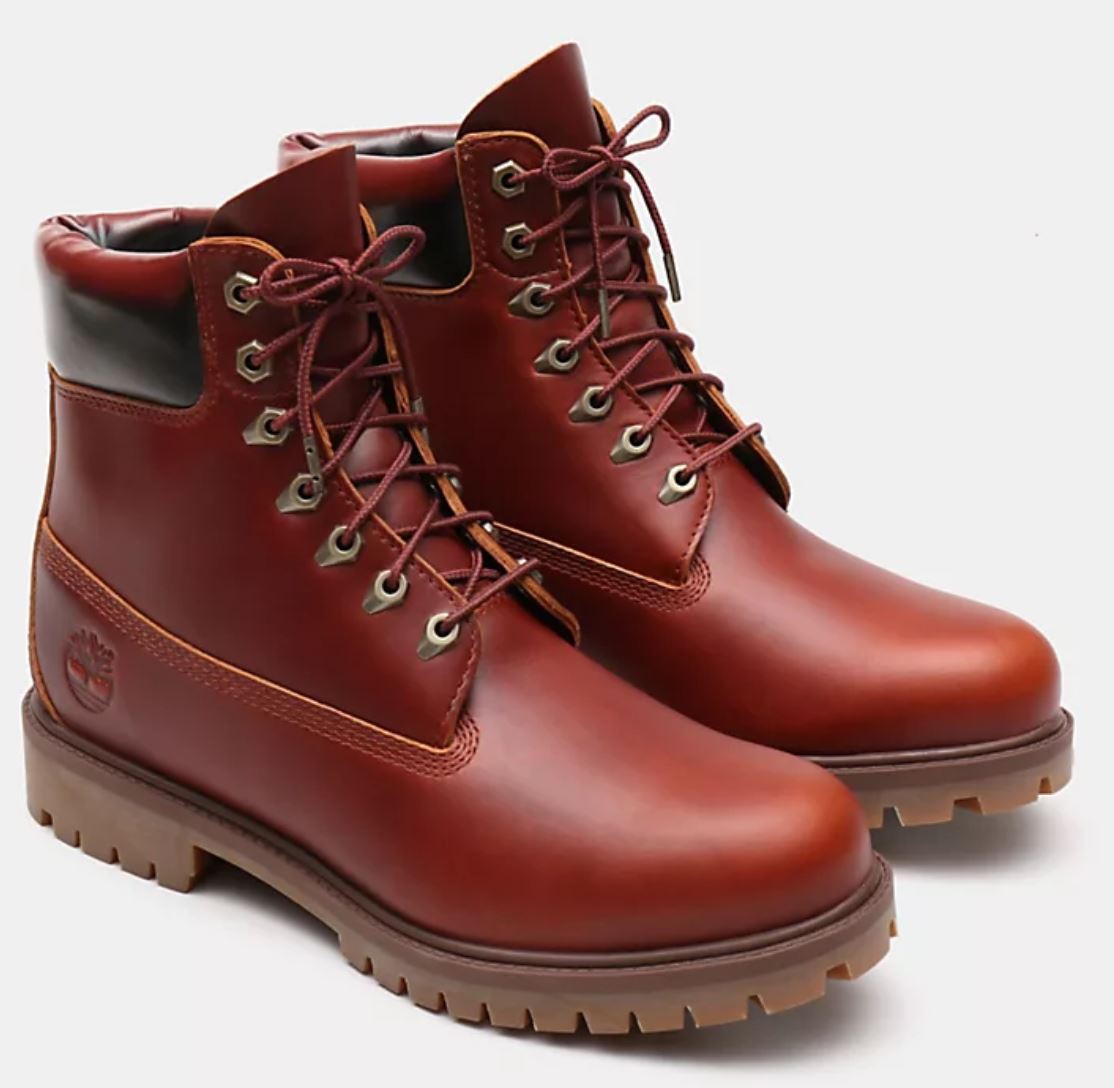


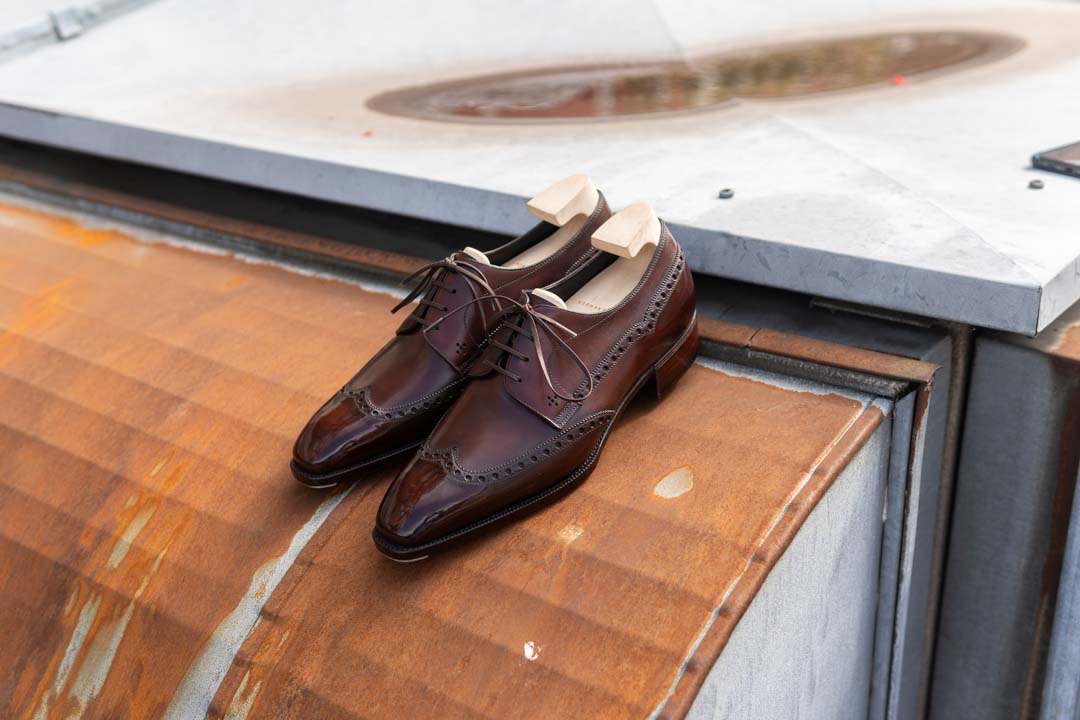
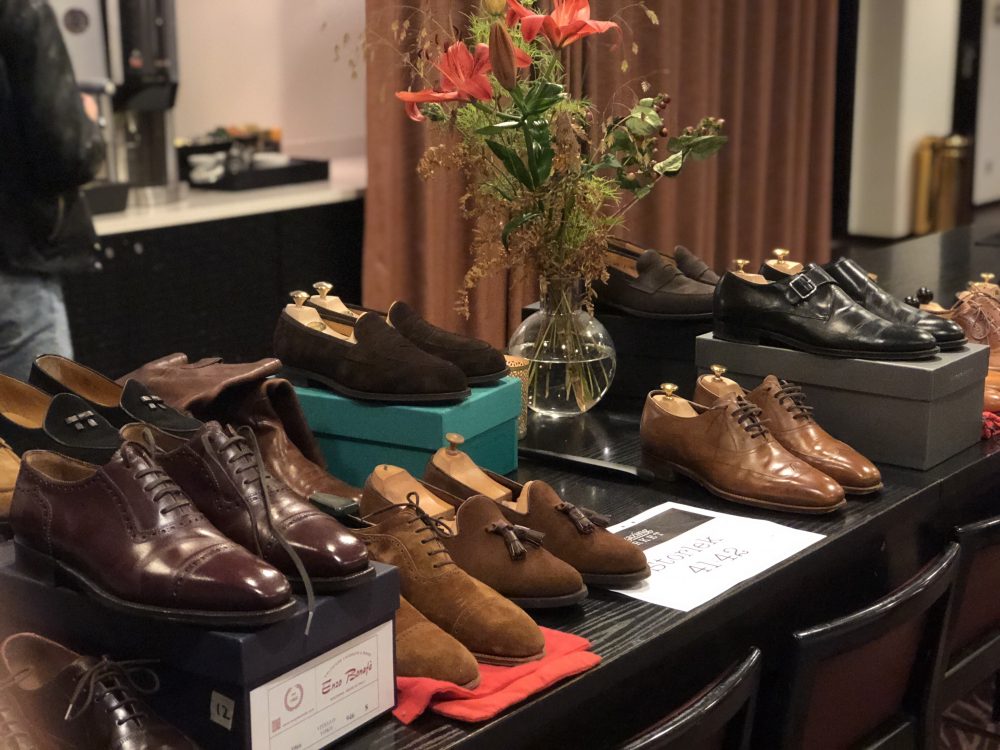






Great article, Kostas—very helpful!
Thanks!
[…] Image source […]